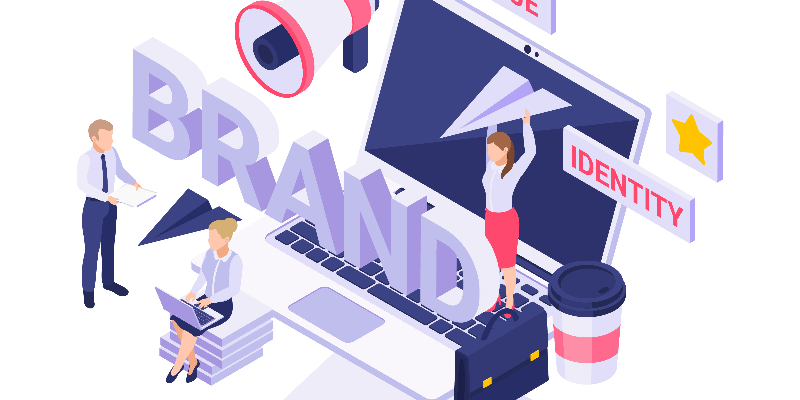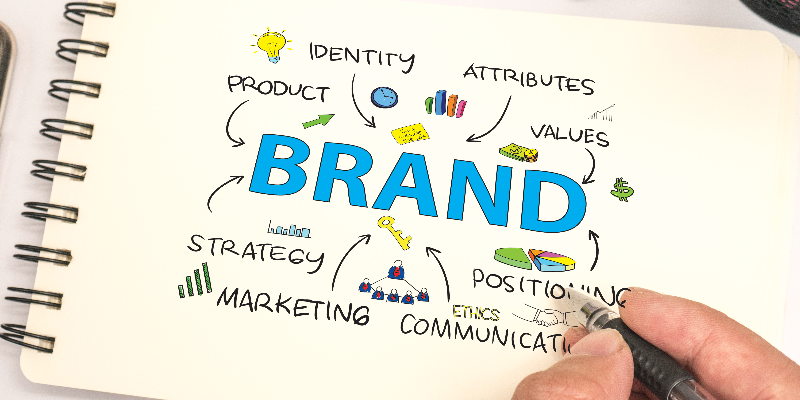

A good brand is not merely a logo but a repeated experience that develops recognition, trust and loyalty. That consistency starts with a well-crafted branding kit.
Whether you're a startup, a growing enterprise, or a creative freelancer, a branding kit ensures that every touchpoint—from your website to your business card—speaks in the same visual and tonal language. In this guide, we’ll break down what a branding kit for business includes, why it’s essential, and how working with a professional agency in Bangalore can help you build a brand that’s both beautiful and consistent.
A kit is a collection of visual and stylistic elements that define how your brand is presented across all platforms and materials. It is like the rulebook of the style of your brand.
Usually it consists of:
The goal? So that regardless of who is producing the content, your designer, social media manager or outside partner, your brand looks and feels the same.
Creating a branding kit for a business might seem like a creative exercise, but it's also a strategic one. Branding consistency not only appears professional, but it also instils confidence.
The following is why it matters:
The frequently you appear, the more people are likely to remember your brand. The use of the same colour scheme or typography on multiple platforms will enable people to remember your brand even when they do not view the logo.
Clear branding rules cut out the guesswork. Designers and developers can start immediately without having to double-check colours, fonts and logo placements.
Whether you are pitching a new client or rolling out an ad campaign, your materials will appear polished and consistent, and increase your credibility.
From sales to customer service, everyone has a better idea of how the brand should sound, look and feel. This synchrony facilitates internal unity and external expression.
To ensure maximum value, your kit should contain:
Your branding kit for business must include:
Assign proper codes for your primary and secondary colours:
Give examples of usage to prevent misuse (such as using the accent colour as a background).
Outline:
This makes certain your content will always look the same, wherever the touchpoint is.
Every communication you make should bring out your brand's personality. Add rules of tone (official, friendly, eccentric, etc.), main words or slogans that personify your brand.
Provide visual references in which the logo should not be used, its wrong colour, contrast, etc. This is particularly useful during the outsourcing of design.
Although these terms are synonymous in their usages, they have their own characteristics:
A ready-to-use set of files and assets for design and communication.
A more comprehensive document explaining the strategy, brand story, and how to use the branding kit in various scenarios.
In short, a branding kit is what you use; brand guidelines are how and why you use it.

Building a great kit isn’t just about aesthetics—it’s about clarity and usability.
It is best to begin with questions such as:
Make your logo, come up with a colour scheme, typefaces, and photography style. Don't forget about the accessibility - make it have good contrast and readability.
Write up on how your brand speaks. Daring and funny? Or cool and professional? Provide examples of tone of voice in email, social and advertisements.
Minimalism, white space, and simplicity define Apple’s branding kit. All communications, including the keynote slides and the product packaging, learn in this language like scripture.
They have the same iconic red, script logo and upbeat tone across billboards, online ads and social media. The result? Years of brand awareness.
Cheerful, pithy and friendly. Slack’s branding kit guides a consistent user experience from onboarding to email updates.
These brands showcase how a branding kit for business can drive recognition across the globe.

Creating a branding kit from scratch may seem overwhelming. That’s where a professional agency in Bangalore can help.
By adding value to agencies, here is how it is done:
If you're also planning ad campaigns, a full-service advertising agency in Bangalore can unify your brand across platforms—from website design to social media ads.
Application of mixed fonts or shades of one colour creates confusion about brands.
Make your kit simple. When it has to be explained each time, it is not effective.
It is crucial not to neglect visuals; they are also words. Do not miss out on the messaging part.
Your brand changes. So should your kit.
Avoiding these missteps ensures your branding kit for business works in the real world.
A branding kit is the cornerstone of a cohesive brand identity. It is above logos and fonts; it is what represents the way you present yourself in the world. When businesses want to scale and those who want to create trust, then consistency in brand presentation is a must.
By creating a thoughtful branding kit for your business, you empower your team, reduce miscommunication, and deliver memorable experiences across every channel. And if you’re not sure where to begin, partnering with a branding agency in Bangalore is the best first step toward building a timeless, unified brand.